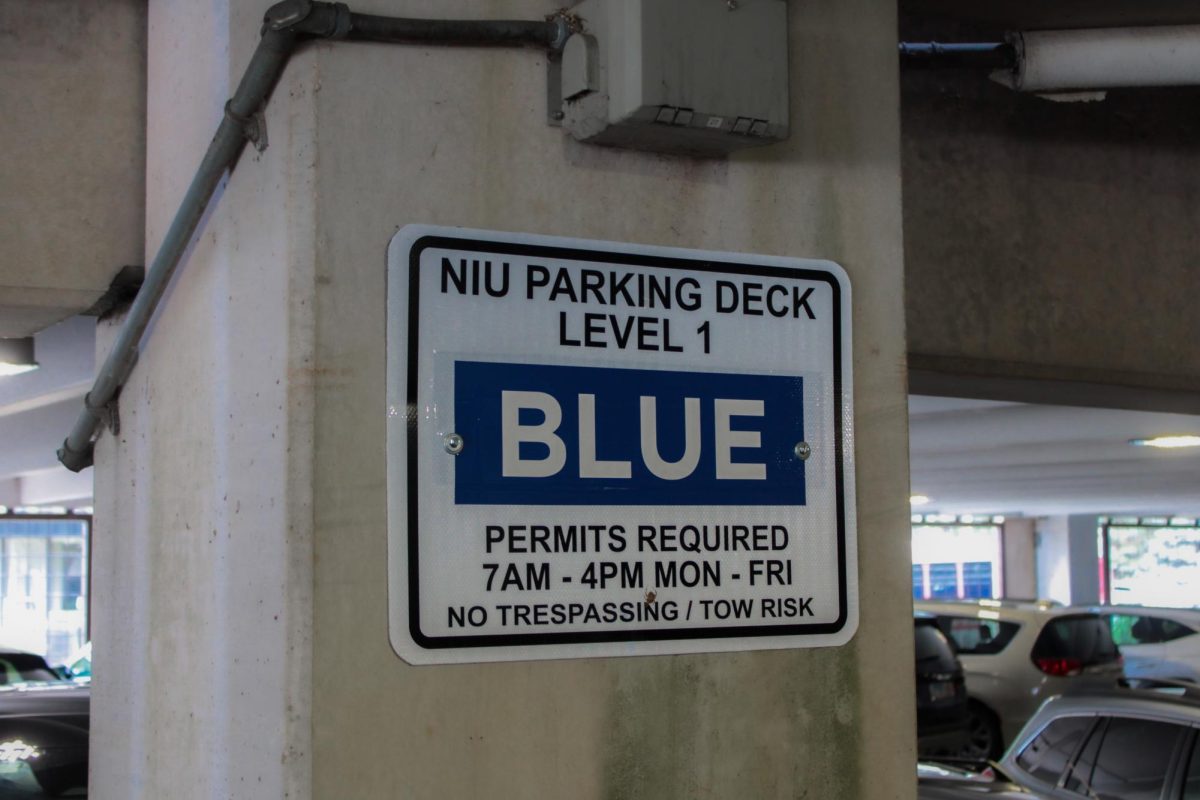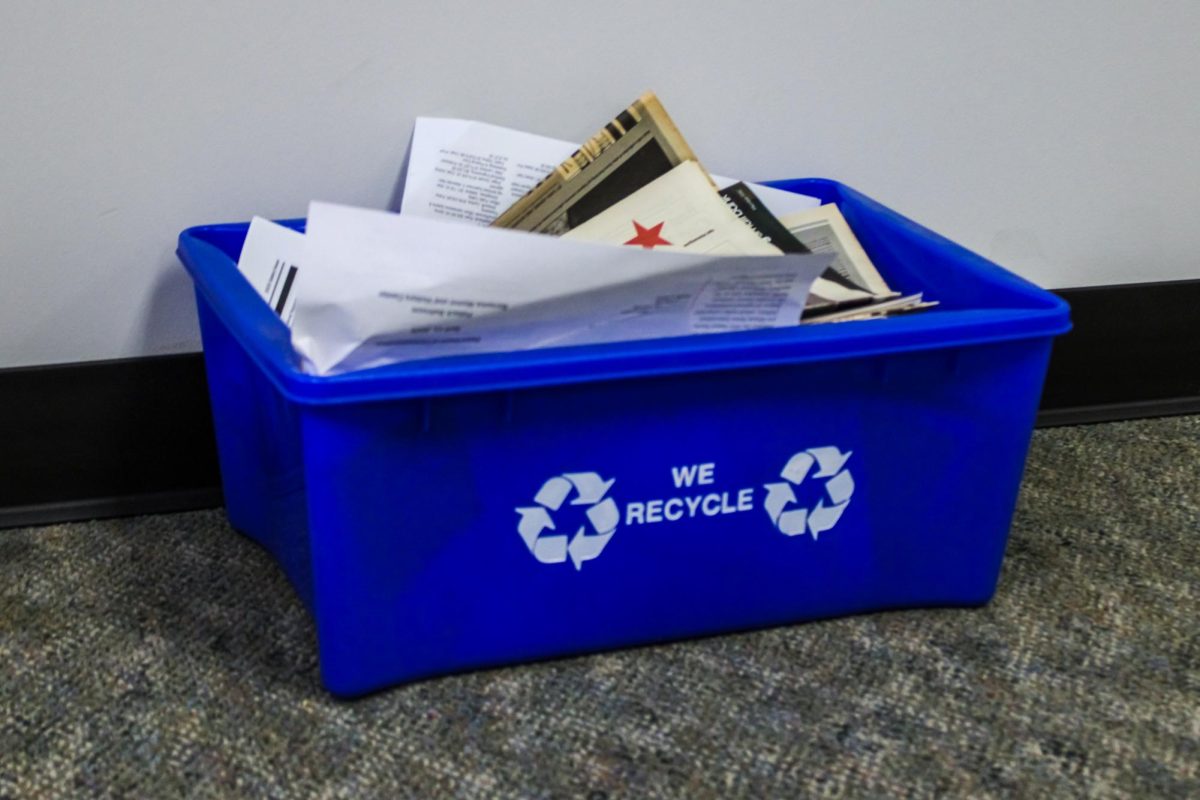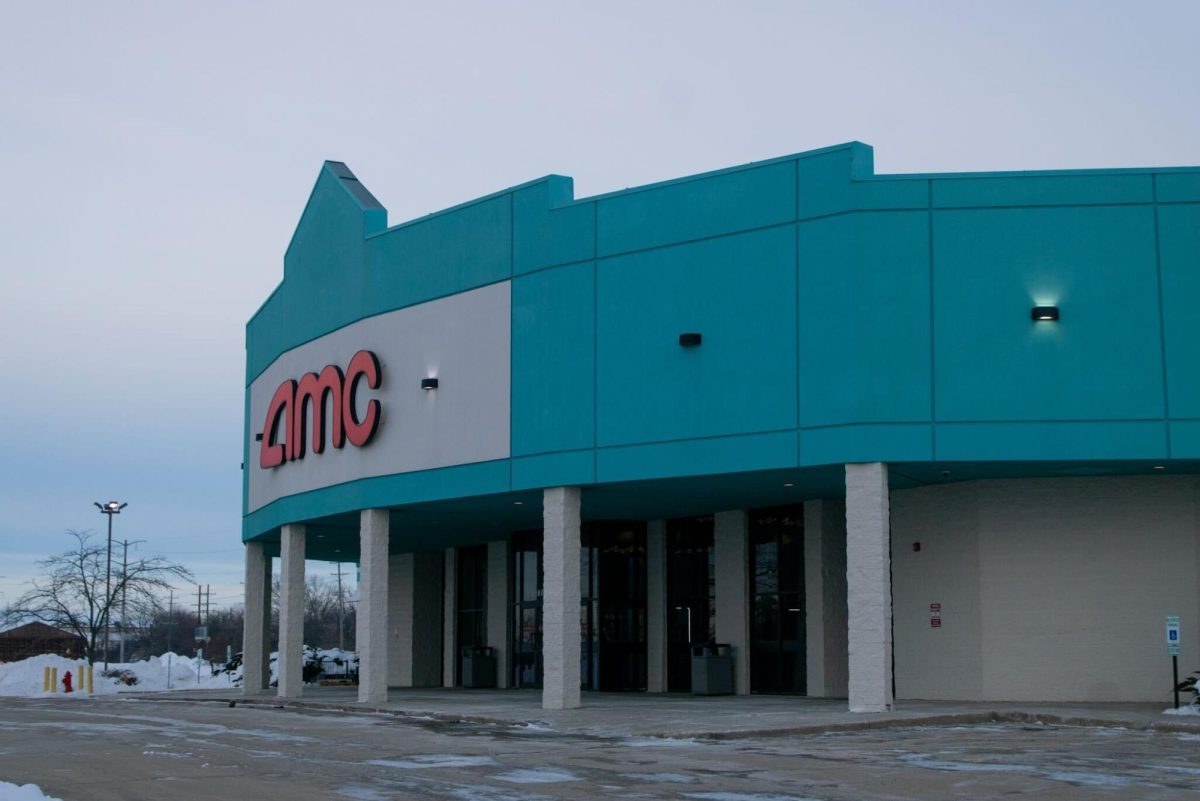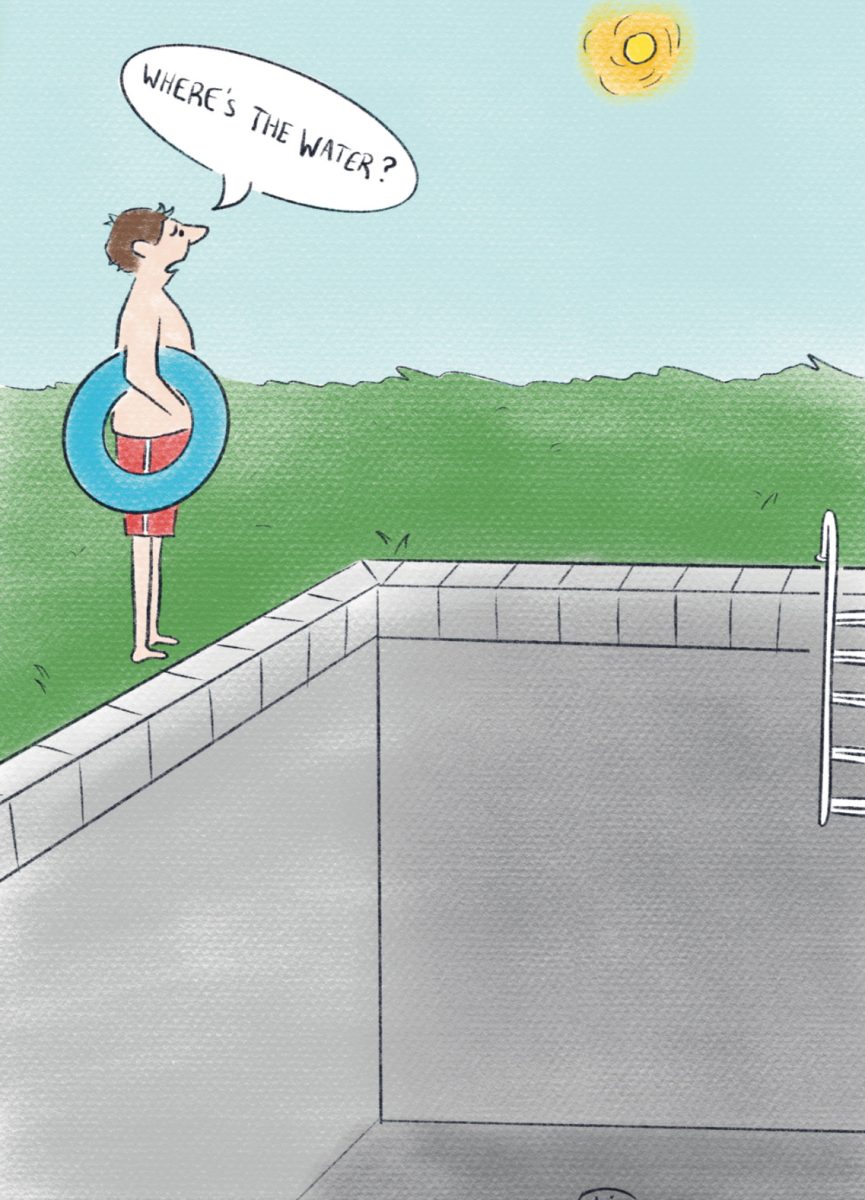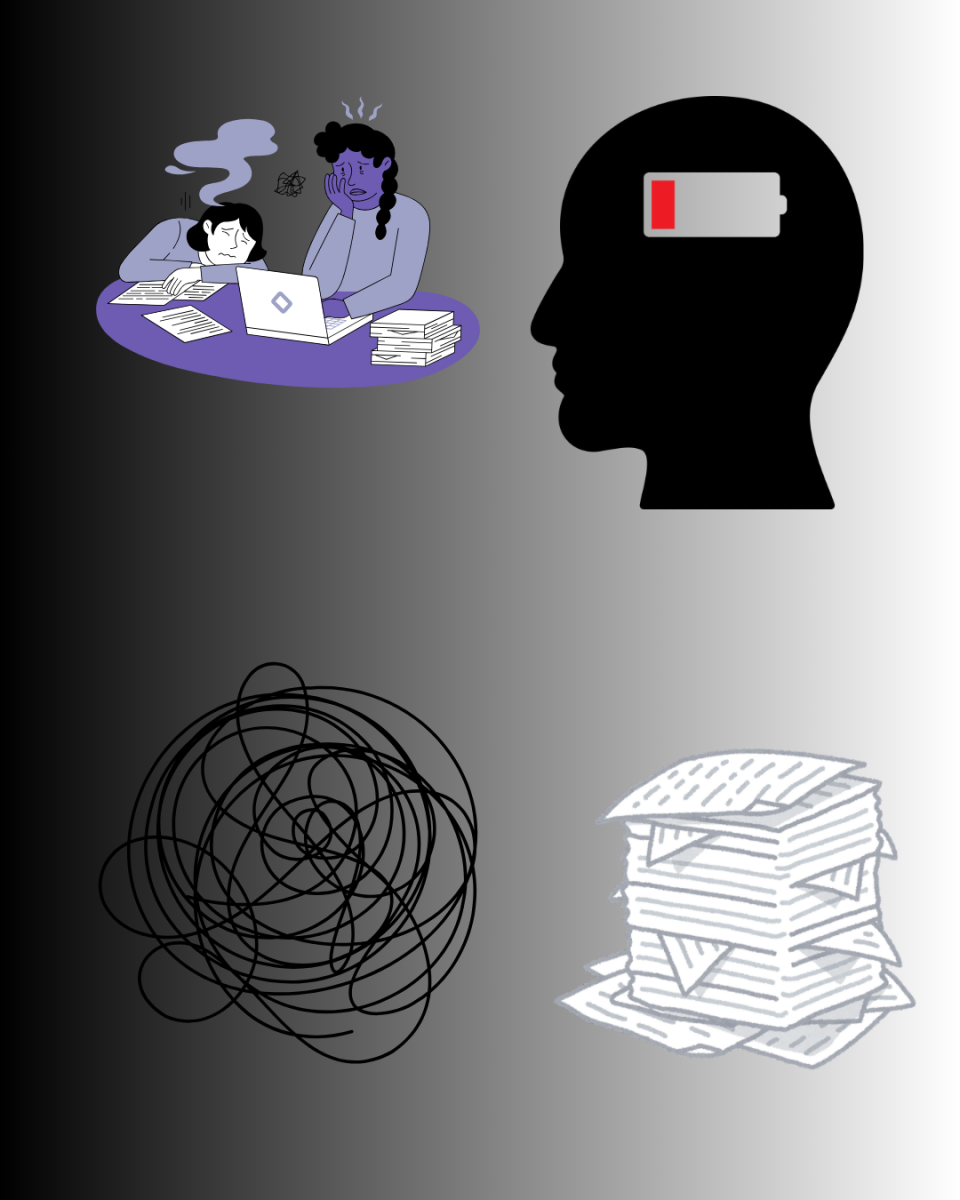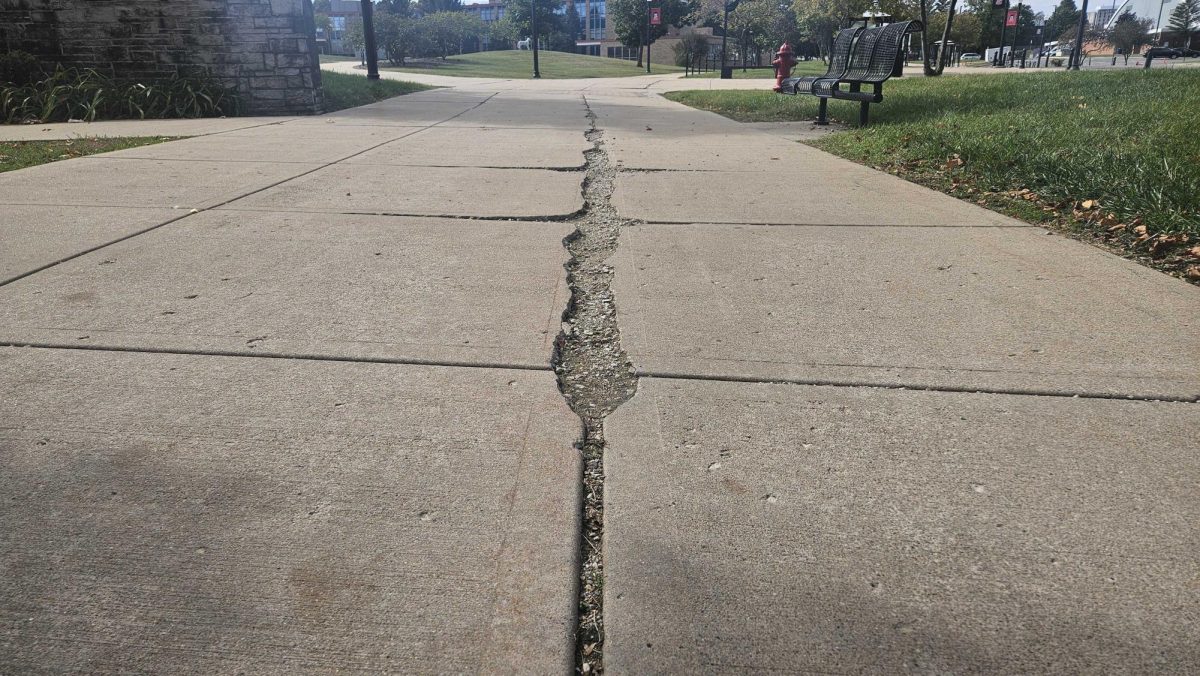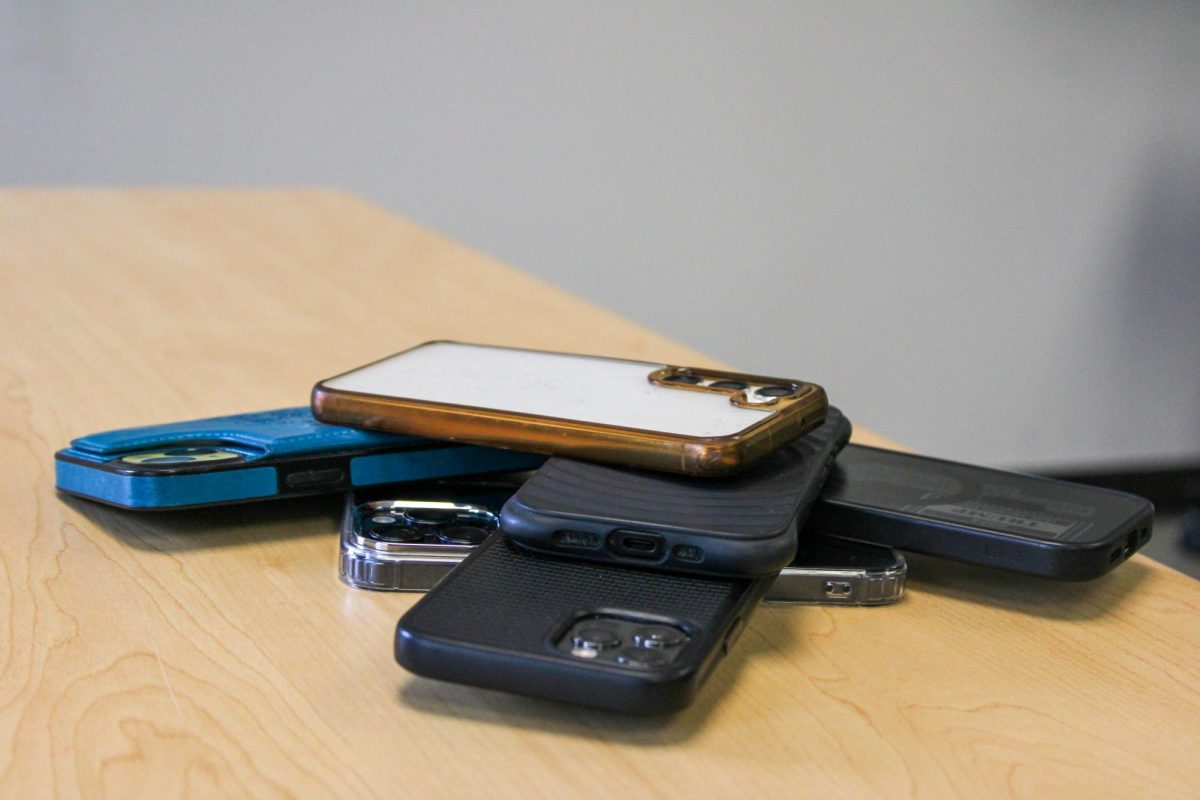A common complaint heard while walking through the doors of DuSable Hall is that students were unable to find parking.
For a school with 11,601 students who don’t live in university housing, the NIU parking lots lack spots to accommodate all of the students who are driving to their classes.
While NIU parking is inconvenient for students, there are no viable options to accommodate change.
NIU parking Lot C, which sits next to the Chick Evans Field House and grants the closest access to Gabel, Graham, Reavis, Watson and DuSable Halls, has 386 spots for students and staff who have not purchased a reserved spot or require the use of ADA accessible parking.
As of Sept. 10, 5,679 yellow permits and 1,408 blue permits had been purchased for the fall 2025 semester. Yellow permits are designated for students who live either off campus or in Northern View, while blue permits are for faculty.
Blue and yellow permits provide access to many of the same spots, with some smaller lots designated solely for blue permits.
The discrepancy between available spots and permits sold leads to frustration and delays for students, as it often takes multiple laps around the parking lot to find an open parking spot. This can lead to students being late to classes, important meetings or exams.
When asked if there were any talks to limit the sale of parking permits, Jessica Nunez, director of Parking and Transportation for NIU, said the idea has floated previously, but is not currently in the works.
“The thing that we always try to look at and understand is that not everybody’s on campus at the same time,” Nunez said. “We’re really data driven, so we look at the parking data we collect, but also try to utilize our colleagues on campus to gather data so that we can make the best informed decisions. We have had those conversations, especially if enrollment starts ticking up. We want to see that happen, and then we could look back into those options and continue to have those conversations.”
Other lots have similar discrepancies, including Lot 5, outside the Peters Campus Life Building, which holds 164 spots and Lot E, outside Anderson Hall, which has room for 277 cars.
As far as adding parking to campus, Nunez emphasized the lack of options to increase parking toward the center of campus.
“The problem that we run into is that we’re a landlocked university,” Nunez said. “Even if we wanted to put more parking structures into place, we just don’t have the space to do that. It’s not a problem that’s unique to NIU, colleagues across other college campuses face similar problems.”
In addition to parking permits not being limited, they also come at an accessible cost with many options for duration. NIU’s yellow permits are priced at $70 for the spring and fall semesters individually, $40 for the summer semester, or $100 for a calendar year. Additional passes, such as a day or week pass, are also available for a smaller fee.
These are comparable prices to schools with similar enrollment, while prices increase at larger universities. A commuter permit at Illinois State University is $111, while a yearly permit at the University of Illinois Urbana Champagne is $900.
Since NIU lacks room to add parking in higher-traffic areas, Nunez advises students to seek parking in lots that often have more room.
“You can get stuck for a decent amount of time,” Nunez said of looking for parking at high-traffic times. “We do have some parking lots that aren’t centralized, so they’re a little further out, some of which are located over by the Barsema Alumni and Visitor Center, and we do see those lots sit mostly empty. What I like to tell people is instead of circling the lot for 40 minutes, maybe go to one of those lots and take a 15-minute walk to your class.”
Many students who don’t live on campus are still within walking distance of the school or live along the bus route, which could be utilized as a way to ensure students with longer commutes can find parking.
NIU parking service’s priority is that employees and students with longer commutes are able to access parking, as they are unable to use many of the same options as those who live near campus.
“We’re really trying to find the balance between giving commuter students what they need to be able to get to their classes, meetings and other things on time, while also making sure that our employees have those same needs met,” Nunez said.
Since there are no current plans to limit parking permits or add additional parking spots to campus, students and faculty need to find a way to make the current system work. Students who are able and live within walking distance are encouraged to do so, use a bike or scooter, or utilize the bus route in order to free up space in the parking lots for those who are unable to do so.


